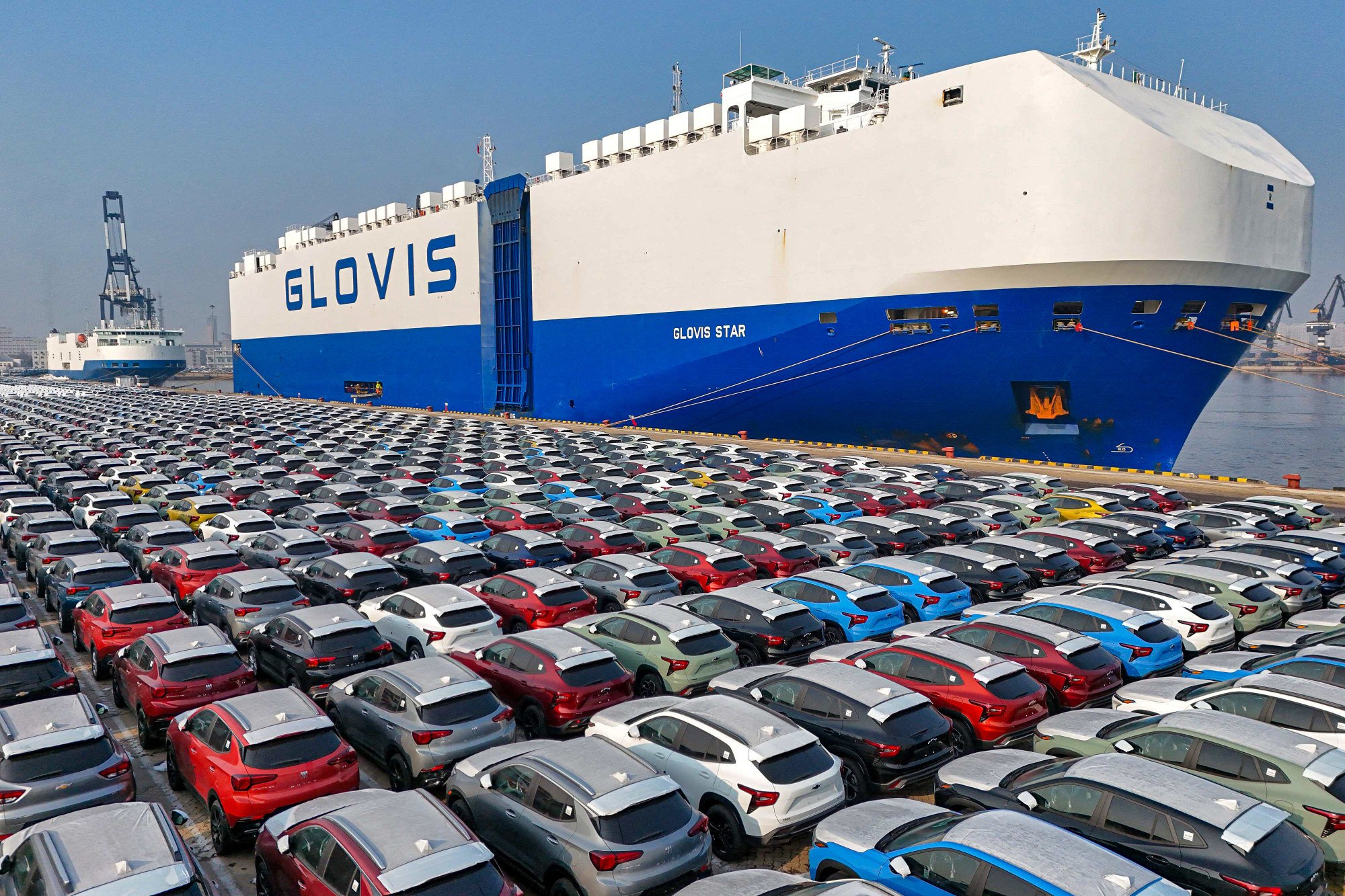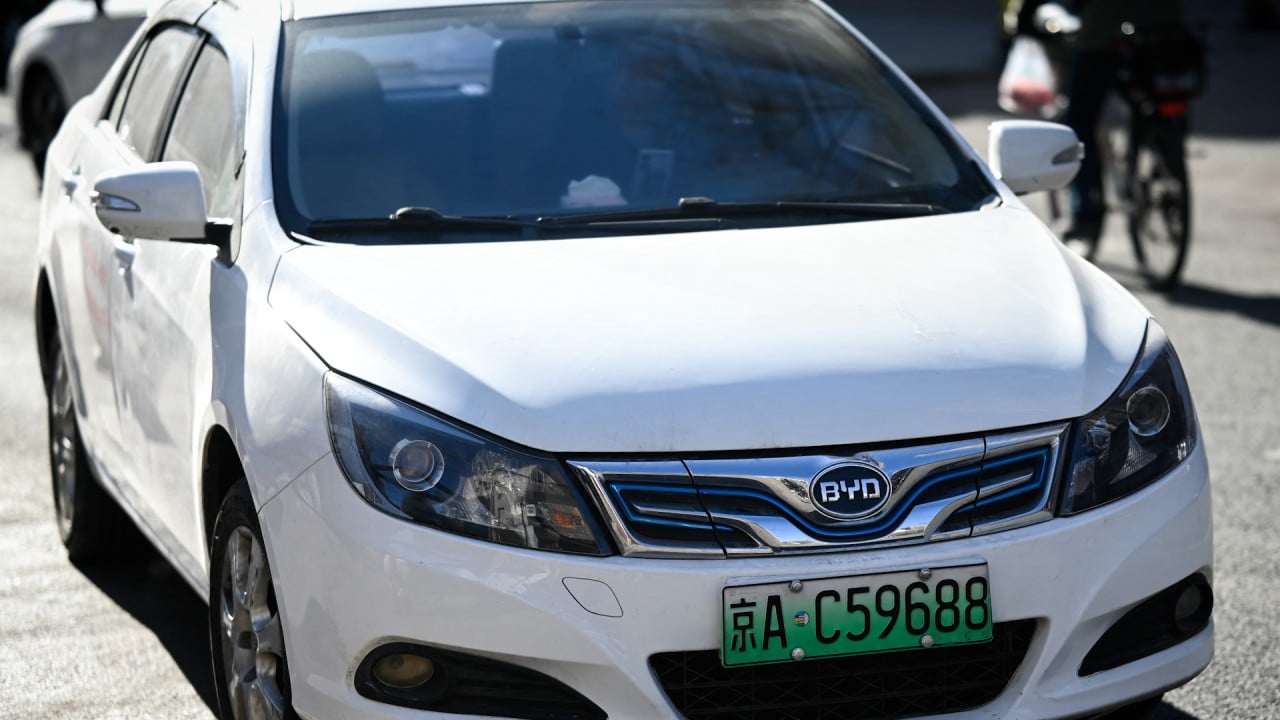“Such regulations not only brought additional sustainability requirements for market entry into the private sector, they are also manifested in the EU’s public-sector procurement policies. Some can be considered a kind of protectionism.”

For example, he said, the submission of an environmental product declaration (EPD) has been added as a requirement in the tendering of public electric buses, which has affected Chinese suppliers like Shenzhen-based BYD, the world’s largest EV maker.
The EPD provides information about a product’s environmental impact throughout its life cycle, from raw materials production to post-consumption disposal.
For EVs, the EDP covers low-carbon product design, energy management system optimisation and energy efficiency improvement.
TUV Rheinland recently conducted a life cycle assessment (LCA) and an international EPD assessment for two models of pure electric buses produced by BYD Auto Industry, a unit of BYD.
The EU regulations have pressured global car brands to accelerate implementation of their own climate mitigation measures and to pass on more stringent emissions-reduction requirements to their global supply chain partners, Niu said.
For the EV sector, batteries are expected to be the first key component where LCA requirements will be enforced, with detailed technical carbon footprint calculation methodologies due to be released as soon as this month, he noted.
In August, the EU passed a new law to ensure that batteries have a low carbon footprint, use minimal harmful substances, need less raw materials from outside the region, and are collected, reused and recycled to a high degree in Europe.
Starting from next year, the regulation will gradually introduce declaration requirements, performance classes and limits on the carbon footprint of EVs, e-bikes and scooters, as well as rechargeable industrial batteries.
The declarations encompass aspects such as harmful materials, carbon emissions, renewable content, useful lifespan, safety, supply chain sustainability due diligence and materials recycling and reuse.
China touts global EV presence to keep trade curbs from defusing industry boom
China touts global EV presence to keep trade curbs from defusing industry boom
In France the government in October introduced a new factor for determining whether EVs sold in the nation will qualify for state subsidies.
An “environmental score” for each model was given based on the specification submitted to the authorities. The assessment encompasses the whole production cycle, factoring in carbon emissions from materials and the energy used to build them and transport them.
“Based on our analysis, for Chinese EV companies exporting to the EU, aluminium parts are the biggest contributor to their products’ environmental scores, followed by long-distance sea transportation and then steel parts,” Niu said.
For steel and aluminium materials, the main ways to reduce carbon footprint are to use more renewable energy for production, change to less carbon-intensive production methods and use more recycled metals, he said.
EV makers can also try to replace more metal components with plastic ones to reduce the weight of their products, hence reducing transport emissions.
China’s Leapmotor joins BYD, Geely in targeting Europe with EV exports
China’s Leapmotor joins BYD, Geely in targeting Europe with EV exports
“The more established and better prepared companies have been studying the regulations and setting up their own digital data collection and calculation platforms to meet the requirements,” he said.


